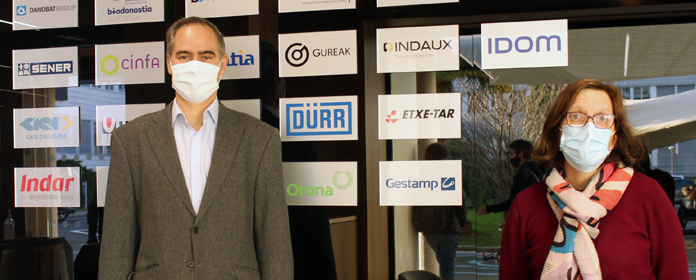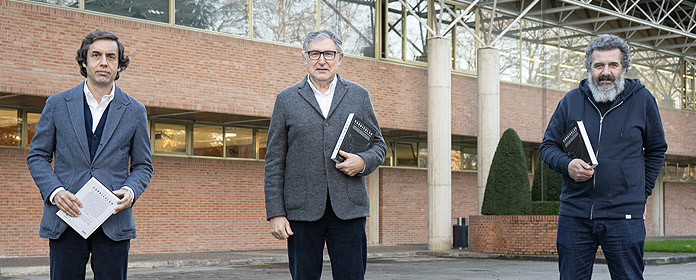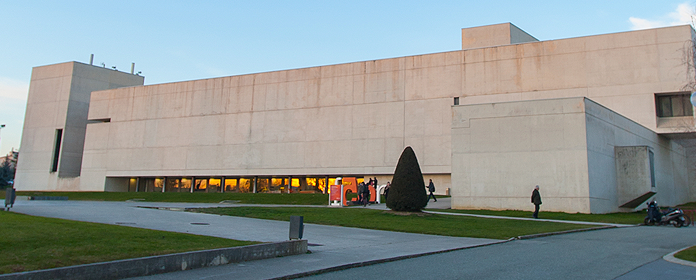The graduate Daniel Purroy, at the Palais de Tokyo during the month of May

The work of Spanish artist Daniel Purroy Irurzun (Pamplona, 1971) has occupied a relevant place in the framework of the "Banlieu is Beatifull" festival held from May 16 to 18 at the Palais de Tokyo in Paris. His project, "La Cité Balzac à Paris", acquires amplitude by the surprise that it has produced in the field of contemporary art. Daniel proposes a monumental work for an artistic project that approaches real life, real people, who constitute today's world in today's suburbs.
An artist in the heart of the suburbsIn 2007 Daniel set up his studio in Vitry-sur-Seine, on the outskirts of Paris, in the industrial area of Ardoines. In this urban space, in permanent metamorphosis, the wealth of human experiences feeds his work.
The Cité Balzac, built in the 1960s to house a thousand families, was demolished in 2012. It is then, with titanic energy, that he decides to make the facade a monumental and forceful testimony of this thousand family stories. Purroy combines these stories with the characteristic architecture of the suburbs. It is by moving this façade to the heart of Paris that this presence will become more evident.
The difficult task of giving meaning to the work could not be accomplished without the soul of the former inhabitants. With the participation of the latter through the Balzac Social Center, institutions of Vitry-sur-Seine and construction and demolition companies, Daniel Purroy rescues several floors of the facade to offer a piece of it, reconstructed, in the capital. He transforms it into a contemporary work of art, forceful, emphatic and invites tourists to fill in the series of his photographs (Eiffel Tower, Champs Elysées, great pyramid of the Louvre ...) with a photo in front of the Cité Balzac.
The installation combines several dimensions. This monumental architectural object, with three floors reconstructed from original materials (façade cladding, windows) is transformed into a remainder and report. It is a political gesture that makes a building typical of suburban cities flourish in the urban space of the capital. The presence of the curtains that belonged to its inhabitants gives Daniel Purroy's installation an authentic emotion that accompanies the contemplation of this monumental figure. The fixing system that makes this façade float above the visitors generates a dialogue between the monumentality and the lightness of the installation. The nostalgia caused by the destruction of this building is compensated by the memories evoked by the traces of human presence.
The artist's responsibilityTo elaborate a monumental work of art from a Cité and to bring this work to the heart of Paris is to go beyond the barriers of social conventions. Art, like a Cité, is a place of life and contains the complexity of life, its details and its universes. This is why it should not be forgotten that Daniel Purroy's artistic performance has no vocation to turn its back on those who have nurtured it in everyday life, inviting them to be part of it. If art transforms, if it allows anyone to appropriate reality, the author of La Cité Balzac de Vitry à Paris feels above all manager to carry the report of the place and to impregnate this past life in his work. He would like to see his project endlessly going up the main artery of the capital, "by letting this façade float on the Seine, it will inevitably reach the heart of Paris".





